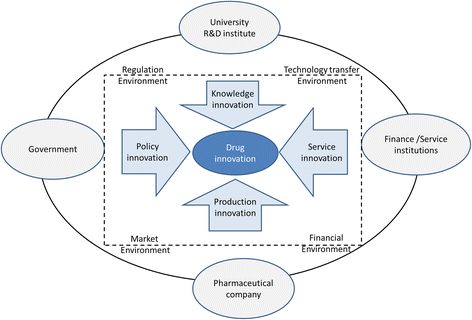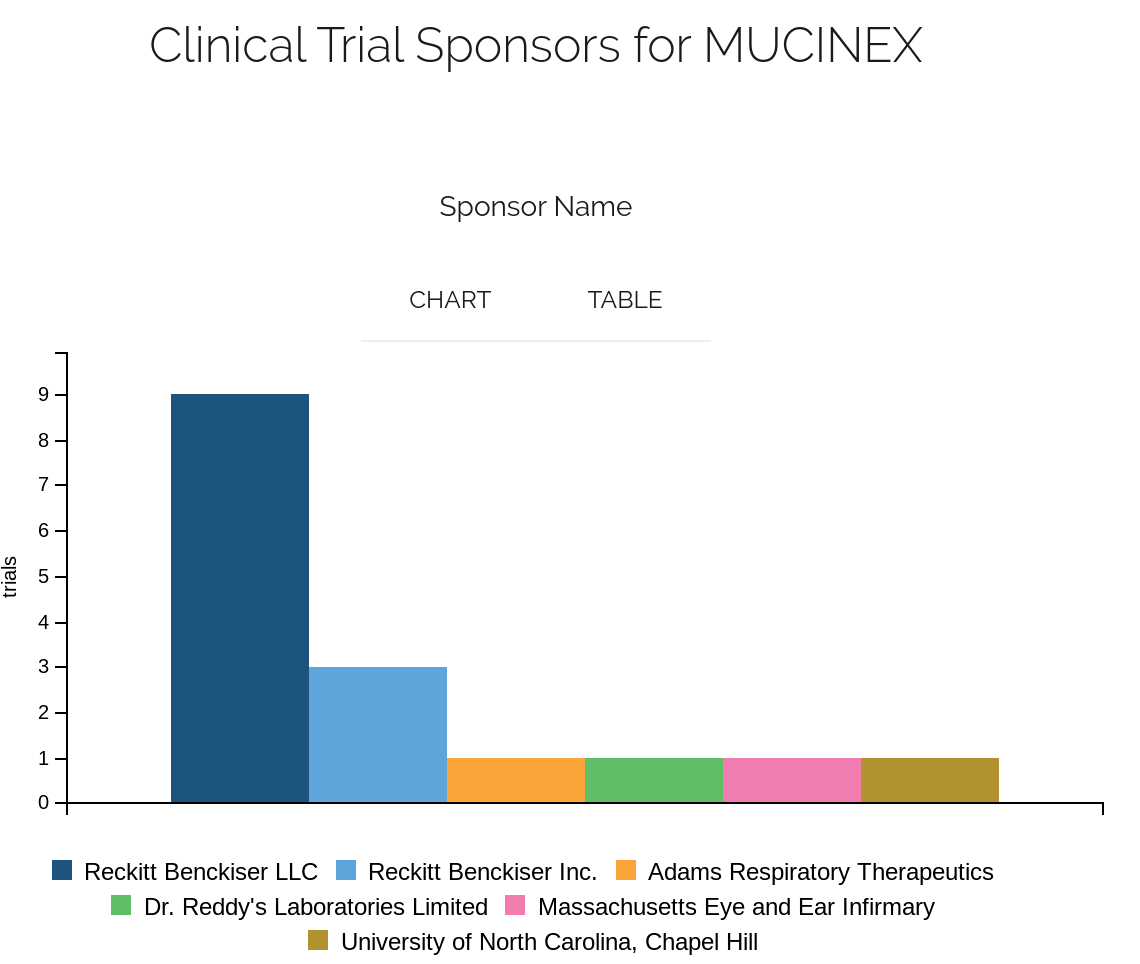Patents play a crucial role in protecting intellectual property and fostering innovation. As the world’s two largest economies, China and the United States have emerged as powerhouses in the realm of patent filings and technological advancements. This comprehensive study delves into the intricate world of Chinese and U.S. patents, exploring their similarities, differences, and the implications for global innovation.
The Patent Landscape: China vs. the United States
The Rise of China’s Patent System
Over the past two decades, China has experienced an unprecedented surge in patent filings, transforming itself from a manufacturing-focused economy to an innovation-driven powerhouse. In 2019, China surpassed the United States as the world leader in international patent applications, with 58,990 filings compared to the U.S.’s 57,840. This remarkable growth can be attributed to several factors, including government incentives, increased R&D spending, and a strategic focus on technological innovation.
The Established U.S. Patent System
The United States, with its long-standing tradition of intellectual property protection, has been a global leader in patent filings for decades. The U.S. patent system, established in 1790, has played a pivotal role in fostering innovation and economic growth. Despite being overtaken by China in recent years, the U.S. continues to be a major player in the global patent landscape, with a strong emphasis on quality and enforceability.
Patent Filing Processes: A Comparative Analysis
China’s Patent Application Process
China’s patent system is governed by the China National Intellectual Property Administration (CNIPA). The process of filing a patent in China involves several key steps:
- Preparation: Inventors must prepare a detailed description of their invention, including drawings and claims.
- Filing: The application is submitted to CNIPA, either online or in person.
- Preliminary Examination: CNIPA conducts an initial review to ensure all formal requirements are met.
- Substantive Examination: For invention patents, a thorough examination is conducted to assess novelty, inventiveness, and practical applicability.
- Grant or Rejection: Based on the examination results, the patent is either granted or rejected.
U.S. Patent Application Process
The United States Patent and Trademark Office (USPTO) oversees the patent application process in the U.S. The steps involved are:
- Invention Disclosure: Inventors must provide a detailed description of their invention.
- Prior Art Search: A comprehensive search is conducted to ensure the invention is novel.
- Application Preparation: A formal application is prepared, including specifications, claims, and drawings.
- Filing: The application is submitted to the USPTO.
- Examination: A patent examiner reviews the application for patentability.
- Office Actions: The examiner may issue office actions requesting clarifications or amendments.
- Grant or Rejection: Based on the examination, the patent is either granted or rejected.
Types of Patents: Similarities and Differences
Chinese Patent Types
China offers three types of patents:
- Invention Patents: Similar to utility patents in the U.S., these protect new technical solutions or improvements to existing technology.
- Utility Model Patents: These protect new technical solutions relating to the shape, structure, or combination of an object.
- Design Patents: These protect new designs of a product’s shape, pattern, or combination thereof.
U.S. Patent Types
The United States recognizes three main types of patents:
- Utility Patents: These protect new and useful processes, machines, manufactures, or compositions of matter.
- Design Patents: These protect new, original, and ornamental designs for manufactured articles.
- Plant Patents: These protect new varieties of plants that have been asexually reproduced.
Patent Duration and Maintenance
China’s Patent Terms
In China, patent terms vary depending on the type of patent:
- Invention Patents: 20 years from the filing date
- Utility Model Patents: 10 years from the filing date
- Design Patents: 15 years from the filing date (as of June 1, 2021)
To maintain a patent in China, annuities must be paid starting from the year the patent is granted.
U.S. Patent Terms
In the United States, patent terms are as follows:
- Utility and Plant Patents: 20 years from the earliest filing date
- Design Patents: 15 years from the grant date for applications filed on or after May 13, 2015
Maintenance fees for utility patents in the U.S. are due at 3.5, 7.5, and 11.5 years after the grant date.
Patent Quality and Examination Standards
China’s Evolving Standards
China has made significant strides in improving its patent quality in recent years. The CNIPA has implemented stricter examination standards and increased its focus on high-value patents. However, concerns remain about the quality of some Chinese patents, particularly utility model patents, which undergo less rigorous examination.
“China has made remarkable progress in strengthening its IP system and fostering innovation, but challenges remain in terms of patent quality and enforcement.” – Francis Gurry, former Director General of the World Intellectual Property Organization (WIPO)
U.S. Examination Rigor
The USPTO is renowned for its thorough examination process and high standards for patentability. U.S. patents are generally considered to be of high quality, with a strong presumption of validity in court. However, the system faces challenges in dealing with the increasing volume of applications and the complexity of emerging technologies.
Patent Enforcement and Litigation
China’s Improving Enforcement Landscape
China has made significant progress in strengthening its patent enforcement mechanisms. The establishment of specialized IP courts in major cities has improved the efficiency and consistency of patent litigation. However, challenges remain, particularly for foreign companies seeking to enforce their patents in China.
U.S. Robust Litigation System
The United States has a well-established and robust patent litigation system. Patent holders have access to federal courts and can seek injunctions and damages for infringement. The U.S. system is known for its high-stakes patent litigation, with potential for significant damages awards.
Innovation Ecosystems and Patent Strategies
China’s Government-Driven Approach
China’s patent landscape is heavily influenced by government policies and initiatives. The country’s “Made in China 2025” strategy and other national plans have driven a surge in patent filings across key technological sectors. Chinese companies are increasingly focusing on building strong patent portfolios to compete globally.
U.S. Market-Driven Innovation
The U.S. innovation ecosystem is primarily driven by market forces and private sector investment. American companies, particularly in the tech sector, have long recognized the value of patents in protecting their innovations and maintaining competitive advantage. The U.S. system encourages a more organic approach to innovation and patent strategy.
Global Impact and Collaboration
China’s Growing International Influence
China’s rise in the patent world has had a significant impact on global innovation trends. Chinese companies are increasingly filing patents internationally, seeking protection in key markets such as the U.S. and Europe. This trend is reshaping the global patent landscape and influencing innovation strategies worldwide.
U.S. Leadership in International Cooperation
The United States continues to play a leading role in international patent cooperation. The USPTO has been at the forefront of efforts to harmonize patent systems globally, participating in initiatives such as the Patent Prosecution Highway (PPH) to streamline cross-border patent examination.
Technological Focus Areas
China’s Strategic Sectors
China has shown particular strength in patent filings in areas such as:
- Artificial Intelligence
- 5G Technology
- Quantum Computing
- Biotechnology
- Electric Vehicles
These sectors align closely with China’s national development goals and are areas where the country seeks to establish global leadership.
U.S. Innovation Hotspots
The United States continues to lead in patent filings in sectors such as:
- Pharmaceuticals
- Aerospace
- Software and Internet Technologies
- Semiconductors
- Medical Devices
These areas reflect the U.S.’s strengths in cutting-edge research and development across a diverse range of industries.
Challenges and Future Outlook
China’s Patent System: Growing Pains
As China’s patent system continues to evolve, it faces several challenges:
- Quality vs. Quantity: Balancing the drive for high patent numbers with the need for high-quality, innovative patents.
- Enforcement Consistency: Ensuring uniform and fair enforcement of patent rights across different regions and courts.
- International Perception: Overcoming skepticism about the quality and validity of Chinese patents in global markets.
U.S. Patent System: Adapting to Change
The U.S. patent system, while well-established, also faces its own set of challenges:
- Patent Eligibility: Clarifying the boundaries of patent-eligible subject matter, particularly in areas like software and biotechnology.
- Patent Trolls: Addressing the issue of non-practicing entities that use patents primarily for litigation purposes.
- Examination Backlog: Managing the growing backlog of patent applications while maintaining examination quality.
The Future of Global Patent Cooperation
As the world becomes increasingly interconnected, collaboration between patent offices becomes crucial. Initiatives like the IP5, which includes the patent offices of China, the U.S., Japan, South Korea, and the European Union, are working towards greater harmonization of patent practices globally.
“The future of innovation depends on our ability to create a more harmonized and efficient global patent system that encourages collaboration while protecting intellectual property rights.” – Andrei Iancu, former Under Secretary of Commerce for Intellectual Property and Director of the USPTO
Implications for Businesses and Inventors
Understanding the nuances of both Chinese and U.S. patent systems is crucial for businesses and inventors operating in the global marketplace. Here are some key considerations:
- Dual Filing Strategies: Consider filing patents in both China and the U.S. to protect innovations in these crucial markets.
- Tailored Approaches: Adapt patent strategies to the specific requirements and nuances of each system.
- Quality Focus: Prioritize the development of high-quality, innovative patents that can withstand scrutiny in both jurisdictions.
- Cultural Awareness: Understand the cultural and legal differences that may impact patent prosecution and enforcement in each country.
- Collaborative Opportunities: Explore opportunities for cross-border collaboration and licensing to maximize the value of patent portfolios.
Key Takeaways
- China has surpassed the U.S. in patent filings, but questions remain about overall patent quality.
- The U.S. patent system is known for its rigorous examination process and strong enforcement mechanisms.
- China’s patent landscape is heavily influenced by government policies, while the U.S. system is more market-driven.
- Both countries are focusing on strategic technological sectors, with some overlap in areas like AI and biotechnology.
- Challenges remain in both systems, including issues of patent quality, eligibility, and enforcement.
- Global patent cooperation is increasing, with initiatives aimed at harmonizing patent practices internationally.
- Businesses and inventors must develop nuanced strategies to navigate both patent systems effectively.
FAQs
- Q: How long does it typically take to obtain a patent in China compared to the U.S.?
A: In China, the average time to obtain an invention patent is about 22 months, while utility model and design patents can be granted in as little as 6-12 months. In the U.S., the average time to obtain a utility patent is about 24 months, though this can vary significantly depending on the technology area. - Q: Are software patents treated differently in China and the U.S.?
A: Yes, there are differences. In China, software patents are generally more difficult to obtain and are often filed as utility model patents. In the U.S., software patents are more common but face challenges related to patent eligibility under the Alice/Mayo framework. - Q: How do patent litigation costs compare between China and the U.S.?
A: Patent litigation in the U.S. is generally more expensive than in China. In the U.S., costs can range from $2-5 million for a medium-complexity case, while in China, costs are typically lower, ranging from $100,000 to $500,000 for similar cases. - Q: Can a patent granted in China be enforced in the U.S., or vice versa?
A: No, patents are territorial rights. A patent granted in China is only enforceable in China, and a U.S. patent is only enforceable in the U.S. However, inventors can file for patent protection in multiple countries using systems like the Patent Cooperation Treaty (PCT). - Q: How do China and the U.S. differ in their approach to trade secrets versus patents?
A: Both countries recognize the importance of trade secrets, but their approaches differ. The U.S. has a long history of strong trade secret protection, while China has only recently strengthened its trade secret laws. In both countries, companies must carefully consider whether to protect innovations through patents or trade secrets based on factors such as the nature of the invention and enforcement capabilities.






















